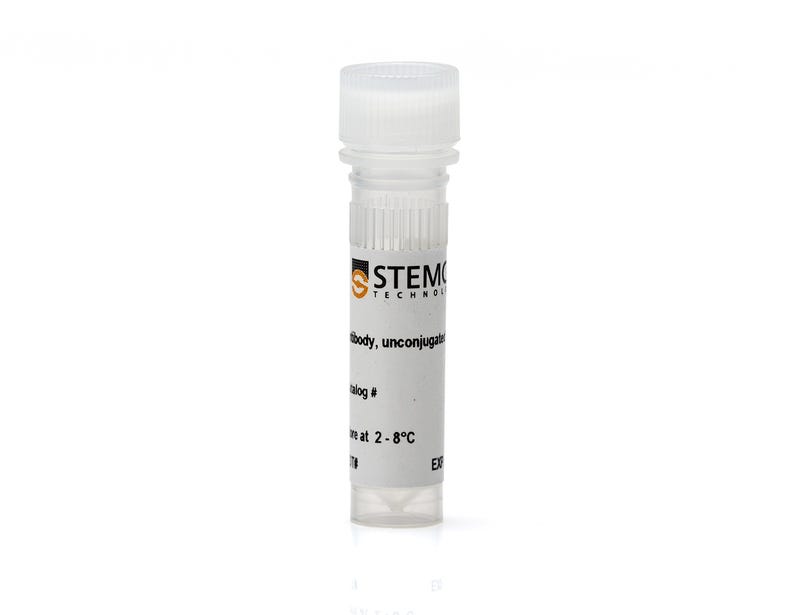Anti-Mouse CD25 Antibody, Clone 3C7
Rat monoclonal IgG2b antibody against mouse CD25
Request Pricing
Thank you for your interest in this product. Please provide us with your contact information and your local representative will contact you with a customized quote. Where appropriate, they can also assist you with a(n):
Estimated delivery time for your area
Product sample or exclusive offer
In-lab demonstration
Overview
This antibody clone has been verified for purity assessments of cells isolated with EasySep™ kits, including EasySep™ Mouse T Cell Enrichment Kit (Catalog #19751).
Data Figures
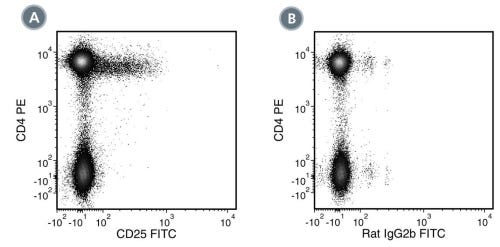
Figure 1. Data for Unconjugated
(A) Flow cytometry analysis of C57BL/6 mouse splenocytes (gated on CD3e+ cells) labeled with Anti-Mouse CD25 Antibody, Clone 3C7, followed by a mouse anti-rat IgG2b antibody, FITC and Anti-Mouse CD4, Clone RM4-5, PE (Catalog #60017PE). (B) Flow cytometry analysis of C57BL/6 mouse splenocytes (gated on CD3e+ cells) labeled with Rat IgG2b, kappa Isotype Control Antibody, Clone RTK4530 (Catalog #60077), followed by a mouse anti-rat IgG2b antibody, FITC and Anti-Mouse CD4, Clone RM4-5, PE.

Figure 2. Data for FITC-Conjugated
(A) Flow cytometry analysis of C57BL/6 mouse splenocytes labeled with Anti-Mouse CD25 Antibody, Clone 3C7, FITC and anti-mouse CD3 APC.
(B) Flow cytometry analysis of C57BL/6 mouse splenocytes labeled with a rat IgG2b, kappa FITC isotype control antibody and anti-mouse CD3 APC.
(C) Flow cytometry analysis of mouse T cells activated with antibodies against CD3 and CD28. C57BL/6 mouse splenocytes were processed with the EasySep™ Mouse T Cell Enrichment Kit and the enriched T cells were cultured in the absence (Unstimulated) or presence (Stimulated) of Anti-Mouse CD28 and plate-bound Anti-Mouse CD3e for 48 hours, then labeled with Anti-Mouse CD25 Antibody, Clone 3C7, FITC and analyzed for CD25 expression. Upregulation of CD25 following stimulation with CD3 and CD28 is apparent (Stimulated). Labeling of C57BL/6 mouse splenocytes with a rat IgG2b, kappa Alexa Fluor® 488 isotype control antibody is shown (open histogram).
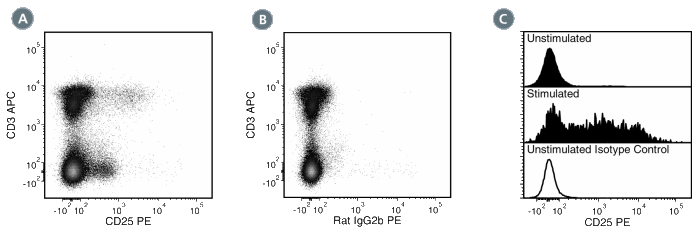
Figure 3. Data for PE-Conjugated
(A) Flow cytometry analysis of C57BL/6 mouse splenocytes labeled with Anti-Mouse CD25 Antibody, Clone 3C7, PE and anti-mouse CD3 APC.
(B) Flow cytometry analysis of C57BL/6 mouse splenocytes labeled with a rat IgG2b, kappa PE isotype control antibody and anti-mouse CD3 APC.
(C) Flow cytometry analysis of mouse T cells activated with antibodies against CD3 and CD28. C57BL/6 mouse splenocytes were processed with the EasySep™ Mouse T Cell Enrichment Kit (Catalog #19751) and the enriched T cells were cultured in the absence (Unstimulated) or presence (Stimulated) of Anti-Mouse CD28 and plate-bound Anti-Mouse CD3e for 48 hours, then labeled with Anti-Mouse CD25 Antibody, Clone 3C7, PE and analyzed for CD25 expression. Upregulation of CD25 following stimulation with CD3 and CD28 is apparent (Stimulated). Labeling of C57BL/6 mouse splenocytes with a rat IgG2b, kappa Alexa Fluor® 488 isotype control antibody is shown (open histogram).
Protocols and Documentation
Find supporting information and directions for use in the Product Information Sheet or explore additional protocols below.
Applications
This product is designed for use in the following research area(s) as part of the highlighted workflow stage(s). Explore these workflows to learn more about the other products we offer to support each research area.
Resources and Publications
Educational Materials (2)
Related Products
-
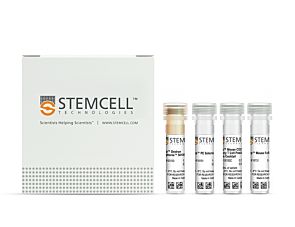 EasySep™ Mouse CD25 Regulatory T Cell Posit...
EasySep™ Mouse CD25 Regulatory T Cell Posit...Immunomagnetic positive selection cell isolation kit
-
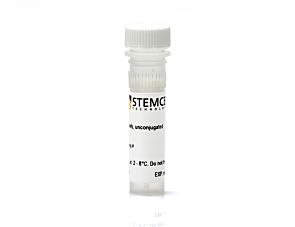 Anti-Mouse CD25 Antibody, Clone PC61.5
Anti-Mouse CD25 Antibody, Clone PC61.5Rat monoclonal IgG1 antibody against mouse CD25
-
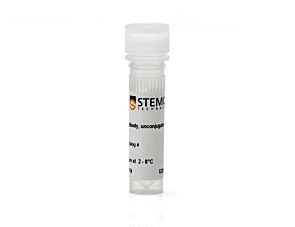 Rat IgG2b, kappa Isotype Control Antibody, Cl...
Rat IgG2b, kappa Isotype Control Antibody, Cl...Rat monoclonal IgG2b, kappa isotype control antibody
Item added to your cart

Anti-Mouse CD25 Antibody, Clone 3C7
Quality Statement:
PRODUCTS ARE FOR RESEARCH USE ONLY AND NOT INTENDED FOR HUMAN OR ANIMAL DIAGNOSTIC OR THERAPEUTIC USES UNLESS OTHERWISE STATED. FOR ADDITIONAL INFORMATION ON QUALITY AT STEMCELL, REFER TO WWW.STEMCELL.COM/COMPLIANCE.
